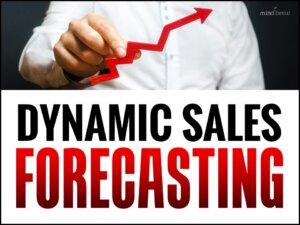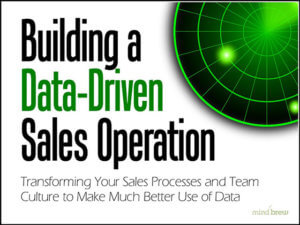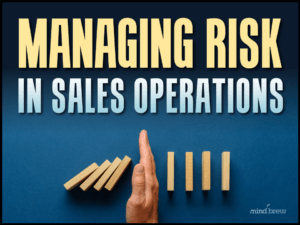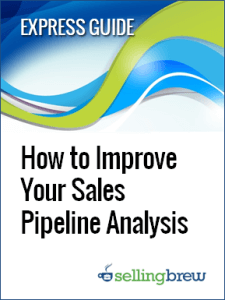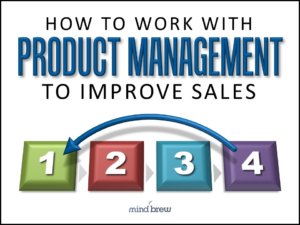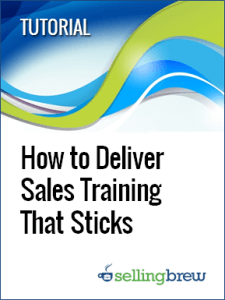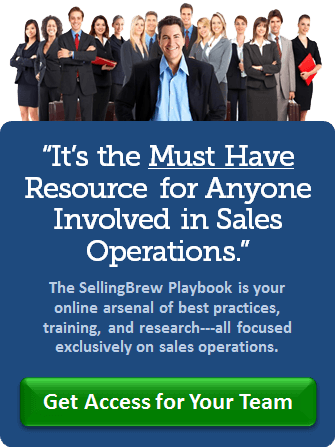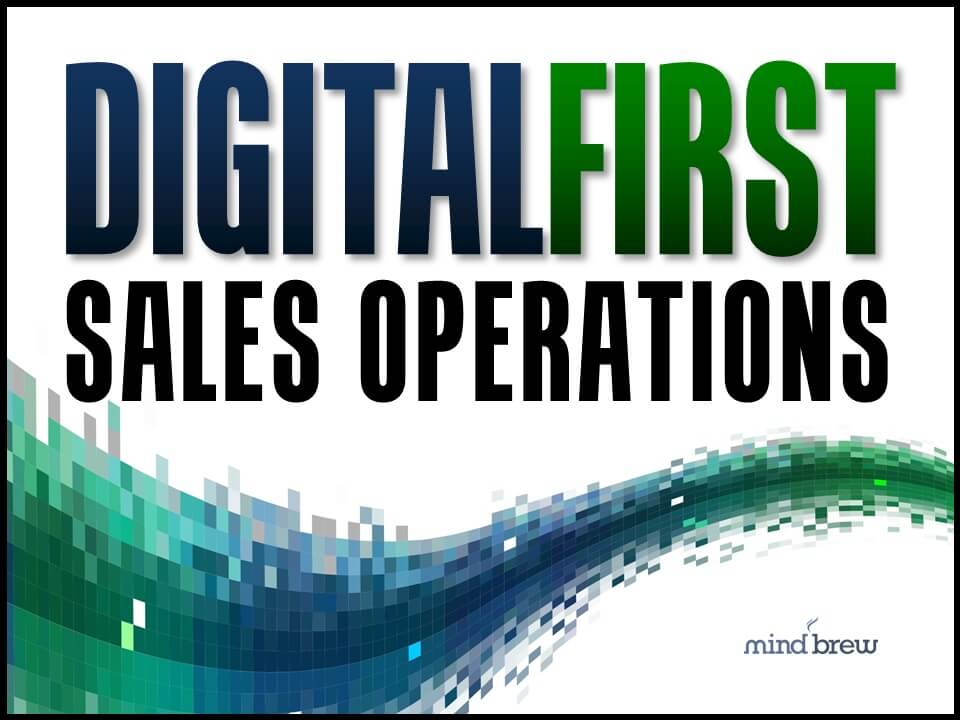In our training session on Managing Risk in Sales Ops, we discuss the most effective ways to mitigate…or even eliminate…some of the most significant risk factors plaguing established sales operations today. While we covered ten major areas of risk and a dozen lesser factors, one area in particular warrants some additional attention and explanation:
The pressing need to finally move beyond
manual, bottoms-up sales forecasting.
For too many teams, it’s a conversation that is long overdue. Now, we’ve all had to deal with Frankenstein forecasts, stitched together from spreadsheets, guesswork, and the ever-hopeful sales reps’ gut feelings. And while this type of bottoms-up, input-collating process might be passable in more stable times, it’s wholly inadequate for today’s volatile and chaotic business climate.
First off, manual forecasting is painfully slow. By the time we’ve collected updates from every sales rep, rolled them up, reconciled all the inconsistencies, nagged all the foot-draggers and chased down the gaps, the situation on the ground has likely already changed. Some deals are now dragging while others have gone quiet. Deal compositions and projected yields have changed. New stakeholders and different influencers have now gotten involved, and so on.
As a result, the forecast we just finalized is outdated the minute we hit send.
The second problem with this type of forecasting is that it’s overly optimistic. Sales reps…by nature and out of necessity…are true believers. They tend to focus on the best case scenarios and what “could” happen. And in a bottoms-up forecast, that optimism inevitably makes its way into the projections and estimates. Even seasoned sales reps can overestimate win probabilities, underestimate cycle times, or fail to account for emerging objections and hidden barriers.
It’s not malicious…or even intentional. It’s just human nature.
Last but not least, this type of forecast is reactive. Manual, bottoms-up forecasts only get updated by going through that painful and time consuming process all over again. And since no one is eager to do that, the forecast may not get refreshed as quickly as the market is moving. This lag can’t help but create costly blind spots and surprises that we can’t just afford in this environment.
That being said, we don’t have to rely solely on manual, bottoms-up forecasts anymore. We can leverage data science and technology to produce dynamic sales forecasts based on actual sales behaviors rather than sales sentiments.
Dynamic, data-based forecasting is about taking historical pipeline data—opportunity types, deal stage conversion, follow-up activity, sales cycle velocity, close rates, deal sizes, etc.—and building predictive models around it. These models can then determine, with surprising accuracy, the likelihood that a given opportunity will close, how long it will take, and what kind of yield it will produce.
And data-driven, dynamic forecasts are continuous. They update automatically as new data comes in. If an opportunity hasn’t advanced in two weeks, that inactivity gets factored in automatically. If a similar deal stalled out last quarter under the same conditions that tendency gets baked into the prediction. We’re no longer waiting for a sales rep to say, “Hey, I think this deal is slipping.” The system sees it in the behavior data and flags it in real time.
These types of predictive models can also differentiate between reps. They can recognize that Rep A might close a certain type of deal faster or more reliably than Rep B. That nuance matters. It makes the forecast smarter, more tailored, and a lot more accurate than a one-size-fits-all, generic probability model.
Dynamic, data-driven forecasting pays off in many ways:
- Speed. Dynamic forecasts update continuously, not just weekly or monthly. That means we can see changes and spot problems well before they’ve derailed the entire quarter.
- Accuracy. By replacing the wishful thinking with historical data and demonstrated behavior patterns, we get a forecast that reflects much more reality than hope.
- Balance. We can combine and compare rep-driven projections and model-driven predictions to balance the different perspectives and triangulate the most likely outcomes.
- Visibility. Because we’re modeling all opportunities and not just those we expect to close this period, we’re forecasting into future periods, with plenty of time to assess, plan, and adjust.
The bottom line is that we can’t continue to just gather opinions and hope those opinions are in the same universe as reality. The market is moving too fast and the stakes are too high for that. Manual, bottoms-up forecasting just can’t keep up with the speed and complexity of what we’re facing today. And it’s time we finally move beyond the guesswork and embrace dynamic, data-driven forecasting.
Our forecasts…and our results…will be much better for it.
Dynamic Sales Forecasting
Building a Data-Driven Sales Operation
Managing Risk in Sales Operations

